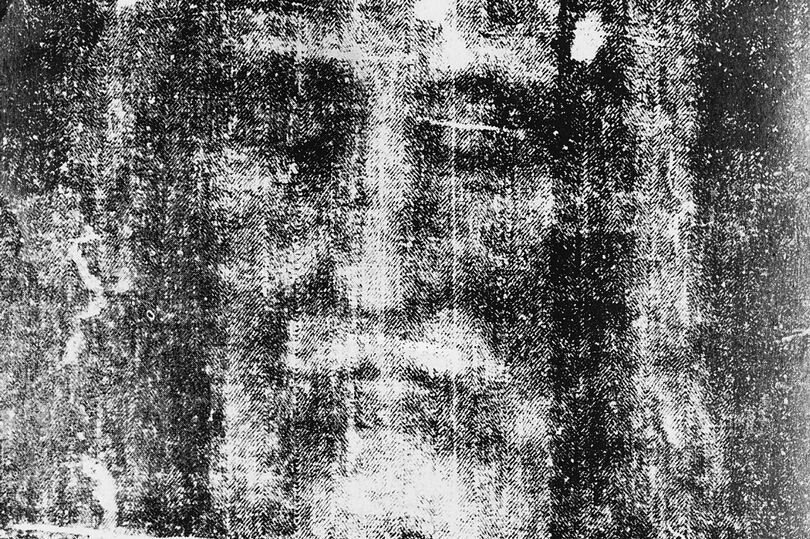The Shroud of Turin
Historian claims Turin Shroud was Burton upon Trent tablecloth
By Mike Lockley
Look closely at the Turin Shroud, Christianity’s most prized relic. No other historical find has been the subject of such fierce debate, no other has so divided opinion among academics.
Now, one man is set to shock the world by solving the riddle of the linen cloth that some believe was wrapped round Christ’s body. Because David Adkins claims it is in fact a tablecloth – made in Burton upon Trent in Staffordshire.
The presence of gypsum in the shroud confirms, in my mind, that the cloth was indeed originally used to wrap up a statue of the Fisher King in Burton-on-Trent where the minerals alabaster – and particularly gypsum – originate. This can be the only explanation for finding it on a shroud.
“Many different kinds of pollen were found on it from all over the world, and one scientist even noted the DNA of a marine sea worm! It is a real mystery as to how such a diverse range of organic material could have ended up on Christ’s shroud. Well, a mystery, that is, until you look at it in the terms of Burton Abbey.
“Once you accept that this was an old linen cloth used to wrap up a statue for storage purposes then things are more easily explained. I believe the Shroud itself was actually an old tablecloth from Burton Abbey which had been replaced some time earlier.
“A fish and plant-based diet was typical for an Abbey at this time and the wide variety of plant species – identified by scientific analysis – point to the trade in herbs and spices from around the world. These were foodstuffs that could only have found their way onto a medieval table of some importance – such as the table in a manor house or abbey.
The theory is further supported by the radiocarbon dating of the shroud which puts it between 1260 and 1390. This fits the timeframe perfectly.
“The tablecloth could have been made around 1260, allowing use for around 10 years in the abbey before being discarded and later used to wrap the statue for storage purposes. The shroud is first recorded officially between 1353-57 on mainland Europe, which also ties in with the rebuilding of the old Abbey Church by Abbott Ibstock between 1340-1350.
“If the statue had been wrapped in the linen cloth in 1340 and left in a damp cellar for some 15 years, then there would have been enough time for the alabaster and gypsum features of the statue to imprint themselves upon the linen.”
Links :-
https://www.birminghammail.co.uk/news/midlands-news/historian-claims-turin-shroud-burton-23374573



Comments
Post a Comment